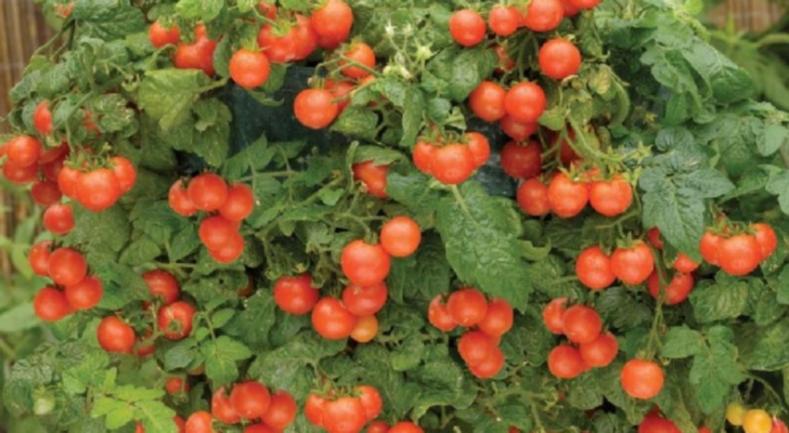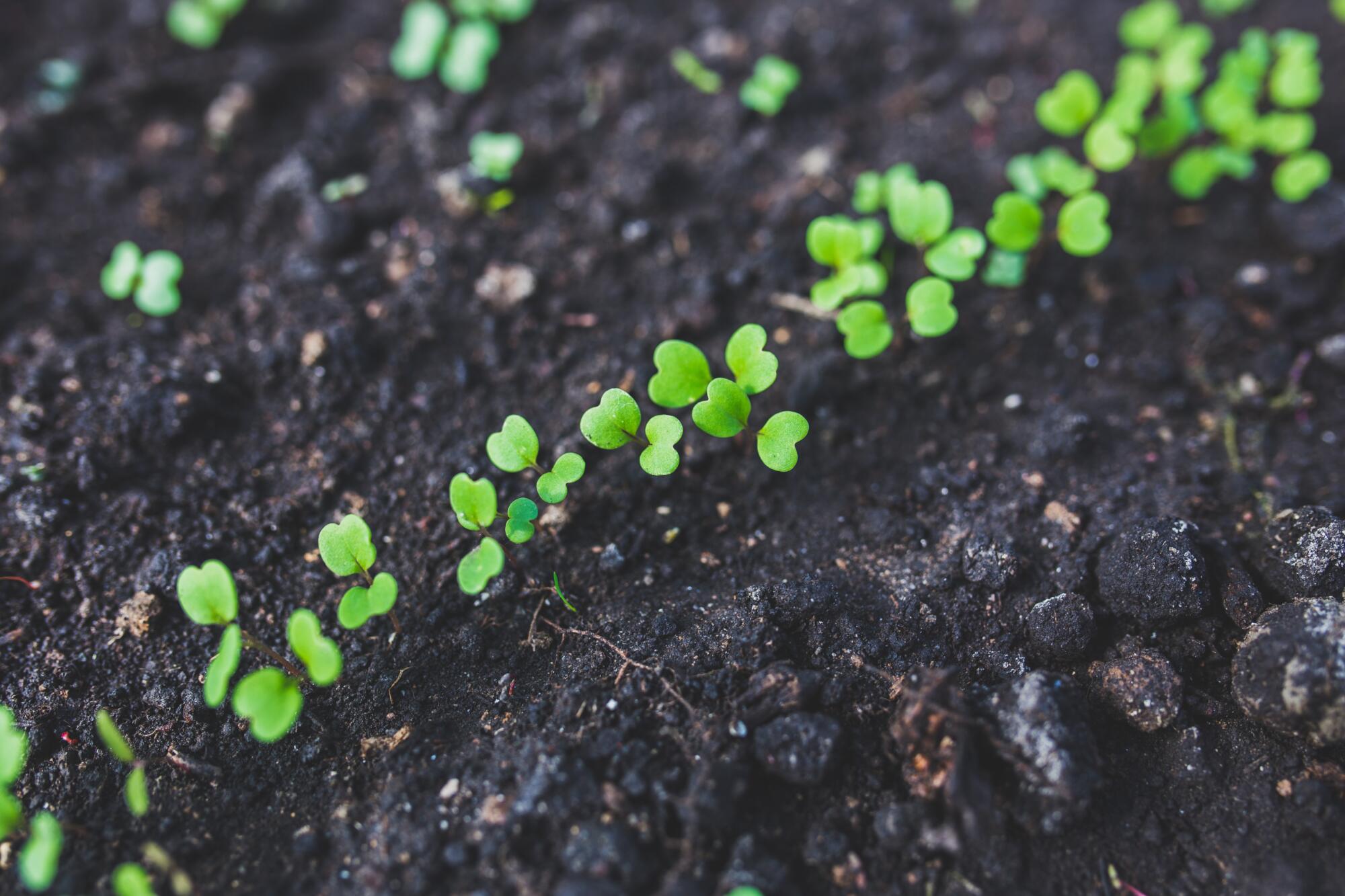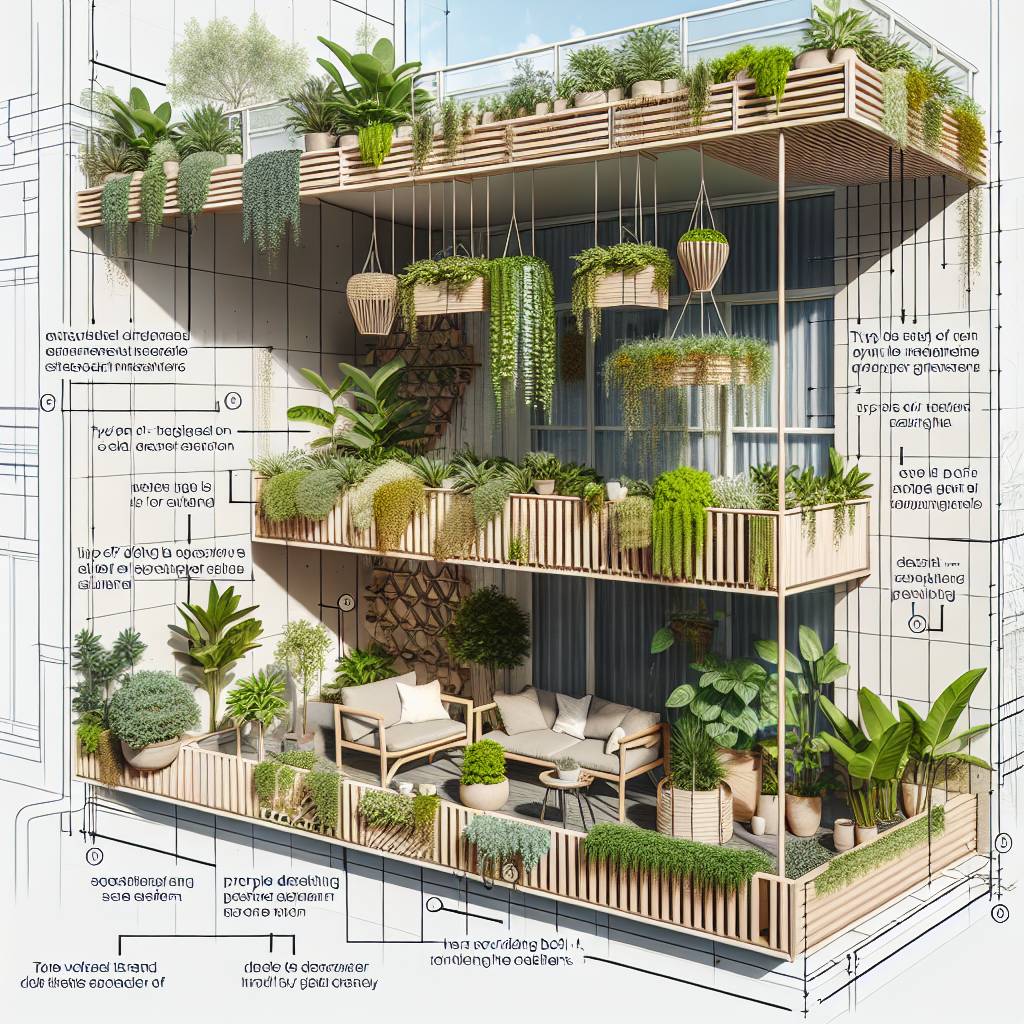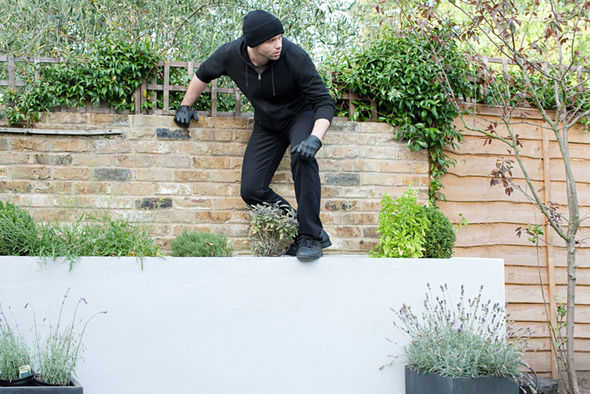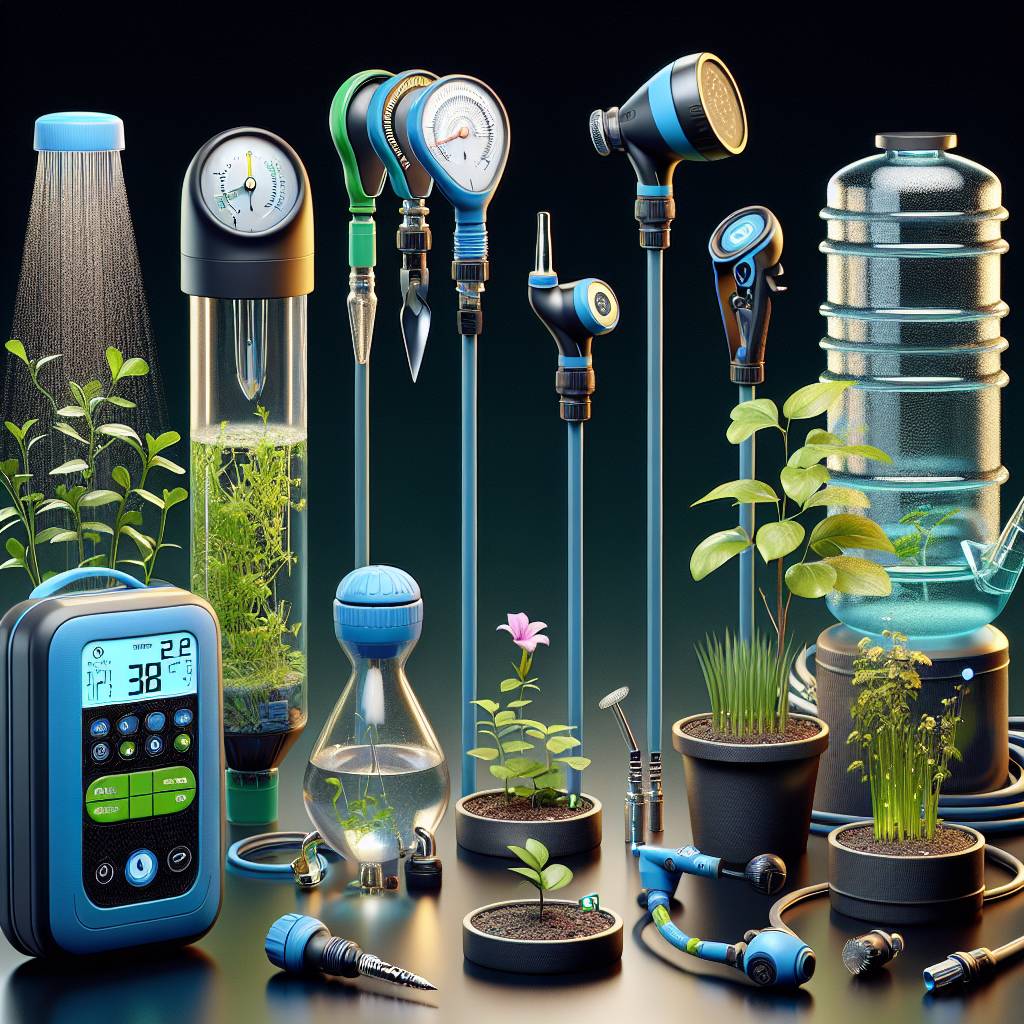More and more people are discovering that they need to bring balance and serenity into their lives, and a garden is one of the best ways to achieve that. If you are lucky enough to have even a small area around your house, rest assured that you can design a beautiful space to relax, play, and entertain.
We understand that to many, designing (and maintaining) an outdoor space seems like a lot of work. Yet, the gardens that provide the most comfort and connection to nature are relaxing, comfortable to move through, and simple to maintain. The joy in choosing the right plants and accessories is just an added value in this beautiful quest to create a refreshing escape for you and your family.
So, if you need a bit of convincing to restart your gardening project this summer, read our tips and ideas to help you trigger your inspiration and reinforce your determination.
Consider the Surroundings and Tackle Comfort and Utility
To create a garden that is in harmony with its surroundings, start by considering the natural features and resources of the space. Do you have a view or a terraced hill? Or maybe you have a rock wall? Think about creative ways to highlight those features and make them places of rest and visual contemplation. Make a landscape analysis that also considers factors such as sunlight, shade, wind, drainage, access to water, and the balance between lawn, flowers, shrubs, or vegetables.

Importantly, think about access. Paths and structures must be simple to navigate. The selected plants must provide interest and serve a function without interfering with free movement or with relaxation and play areas. For this reason, put plants more than 30 to 36 inches tall at least 2 to 3 feet back from walkway and patio edges. When it comes to outdoor steps and stairways, keep in mind that they should ascend gently, so steps with a rise of 6 inches or less are the most comfortable.
Decorative Garden Accessories
To set the tone for your ideal outdoor atmosphere, add attractive garden accessories. From ornaments such as decorative planters, statues, bamboo plant labels, terrariums, and butterfly flower stakes, to fountains, and sun loungers, garden decor can bring elegance, charm, and uniqueness to your garden. They delight your senses and alleviate your spirit. Most importantly, decorating with garden accessories shows up your personality, giving you comfort and pleasure every time you set foot in your garden.

Organize Your Planting and Plan for Growth
Depending on what you want to use your garden for – relaxing and enjoying a cup of coffee, or planting and growing vegetables, observe where and at what times of the day different parts of the garden get light and sun. This tip is crucial, since planting anything anywhere is not the right formula for success.
Lawns
If you want to have a lawn in your garden, be mentally prepared that it is a costly investment and labor-intensive one to maintain. However, greens are soft, comfortable for lounging, and resilient for play (if you have kids). Additionally, they are the perfect counterbalance to abundant flower beds and borders.
Trees and evergreen shrubs
When choosing trees and evergreen shrubs, consider their height and width at maturity. Be aware that large trees and shrubs can shade out other plants, so carefully decide the size and location suitable for your plan. Trees are excellent as a home and food source for wildlife, but also to screen an unattractive view, reduce pollution or help filter noise. They also give structure and architecture to a garden. Depending on the size of your garden, you can have small shrubs such as box balls, or large evergreens, like mahonia, for more extensive areas. Plant them first so you can use them as a frame. Once you have this frame, fill the rest of the spaces with pretty flowering plants.
(Flower) Plants
The right plants used the right way can add comfort and utility to your garden. Garden designers suggest sticking to just five or six different types and arranging them in repeated patterns for a coordinated and harmonious effect when it comes to flowers. We recommend using native plants since they can be environmentally sensitive and cost-effective ways to landscape your garden. Furthermore, give your plants room to grow. If you must have a dense, full landscape right away, plant with the intent to relocate or remove some plants as they mature. You can also plant quick-growing, short-lived “filler” plants to bulk up your landscape temporarily.
Gardening is Good for Your Wellbeing
As you become engaged in creating your dream garden, you may make a surprising discovery: Gardening itself can be restorative and therapeutic. Spending time outside can help you reduce depression, anger, and stress. Gardening is similar to yoga — it’s in the practice of doing that you find break, recovery, and healing.
Furthermore, gardening is an effective form of workout. It can help reduce the risk of stroke and osteoporosis, as well as improve your immune system. Importantly, gardening activities provide purpose and a sense of worth. By having a living thing to care for (plants) in your garden, you develop a sense of responsibility. Ultimately, being outside in your yard and experiencing the change of seasons can help you feel connected to the world and keep track of time.
Create a Lounge Zone
If you really want to enjoy your outdoor space, then creating a pleasant outdoor seating is essential. Nowadays, there are so many options – from the traditional garden bench or weatherproof dining sets to swing sofas and modern loungers. The choice naturally will depend on your taste, the size of your garden, and the budget.
If you have a tiny outdoor space, hang a slim hammock, and then make it pop with a jute area rug, fun throw pillows, and floor cushions for extra seating. And if you have ample open space and trees, build a treehouse or create a scenic fountain.
Nevertheless, if you want really to reconnect with nature and unwind in the fresh air, instead of overfilling it with furniture, focus on landscaping and florals.



